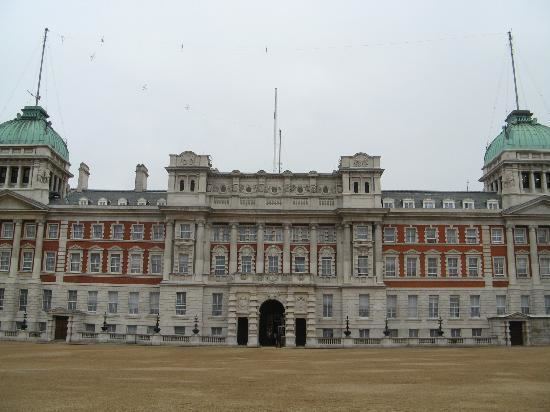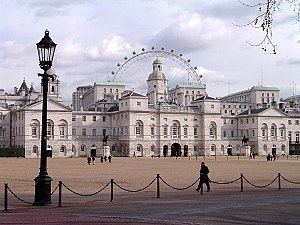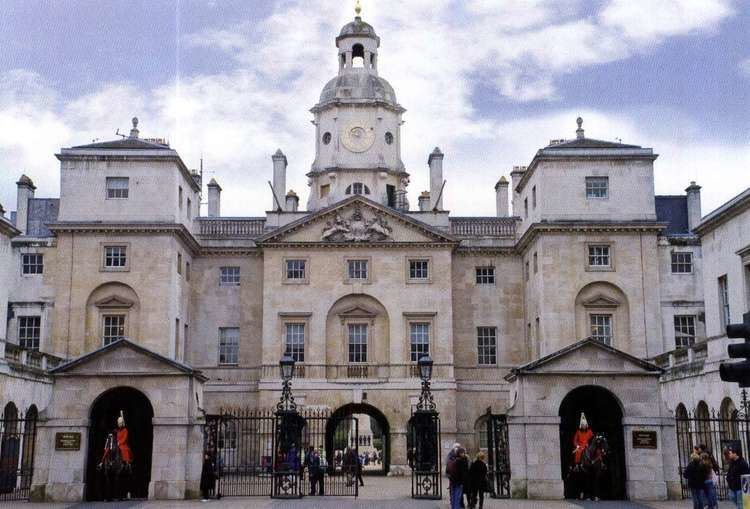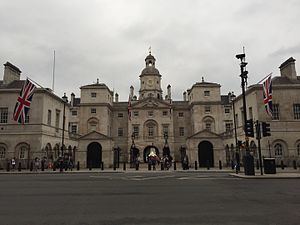Opened 1763 | ||
 | ||
Similar Horse Guards Parade, St James's Park, Buckingham Palace, The Guards Museum, Trafalgar Square | ||
Horse Guards is a large Grade I listed historical building in the Palladian style in London between Whitehall and Horse Guards Parade. The first Horse Guards building was built on the site of the former tiltyard of Westminster Palace during 1664. It was demolished during 1749 and was replaced by the current building which was built between 1750 and 1753 by John Vardy after the death of original architect William Kent during 1748. Horse Guards Road runs north-south on the western boundary of the parade ground, while Horse Guards Avenue runs east from Whitehall on other side of the building, to Victoria Embankment.

The building served as the office of the Commander-in-Chief of the Forces until 1904 when the job was abolished and replaced by the Chief of the General Staff. The Chief of the General staff was relocated to the Old War Office Building during 1906 and Horse Guards subsequently became the headquarters of two major Army commands: the London District and the Household Cavalry. The building is the formal entrance to St James's Palace via St. James's Park (though this is now entirely symbolic). Only the monarch is allowed to drive through its central archway, or those given a pass (formerly made of ivory).

Household Cavalry Museum

The Household Cavalry Museum is the official museum of the Household Cavalry and is located in the Horse Guards. Visitors can view the horses in the 18th-century working stables through a glazed partition. Exhibits explain the training and history of the regiment and include ceremonial uniforms, regalia, royal standards, awards, musical instruments, horse furniture and silverware by Fabergé.

Visitors to the museum are welcome to watch the afternoon inspection of the guards and horses that happens daily at 4pm. This routine began in 1894 when Queen Victoria found the guards drinking and gambling in the afternoon instead of tending to their duty. She proclaimed that they would be punished by a Four 'O' Clock inspection daily for the next 100 years. This proclamation and punishment officially expired in 1994, but Queen Elizabeth II chose to continue the inspection out of respect for tradition.


